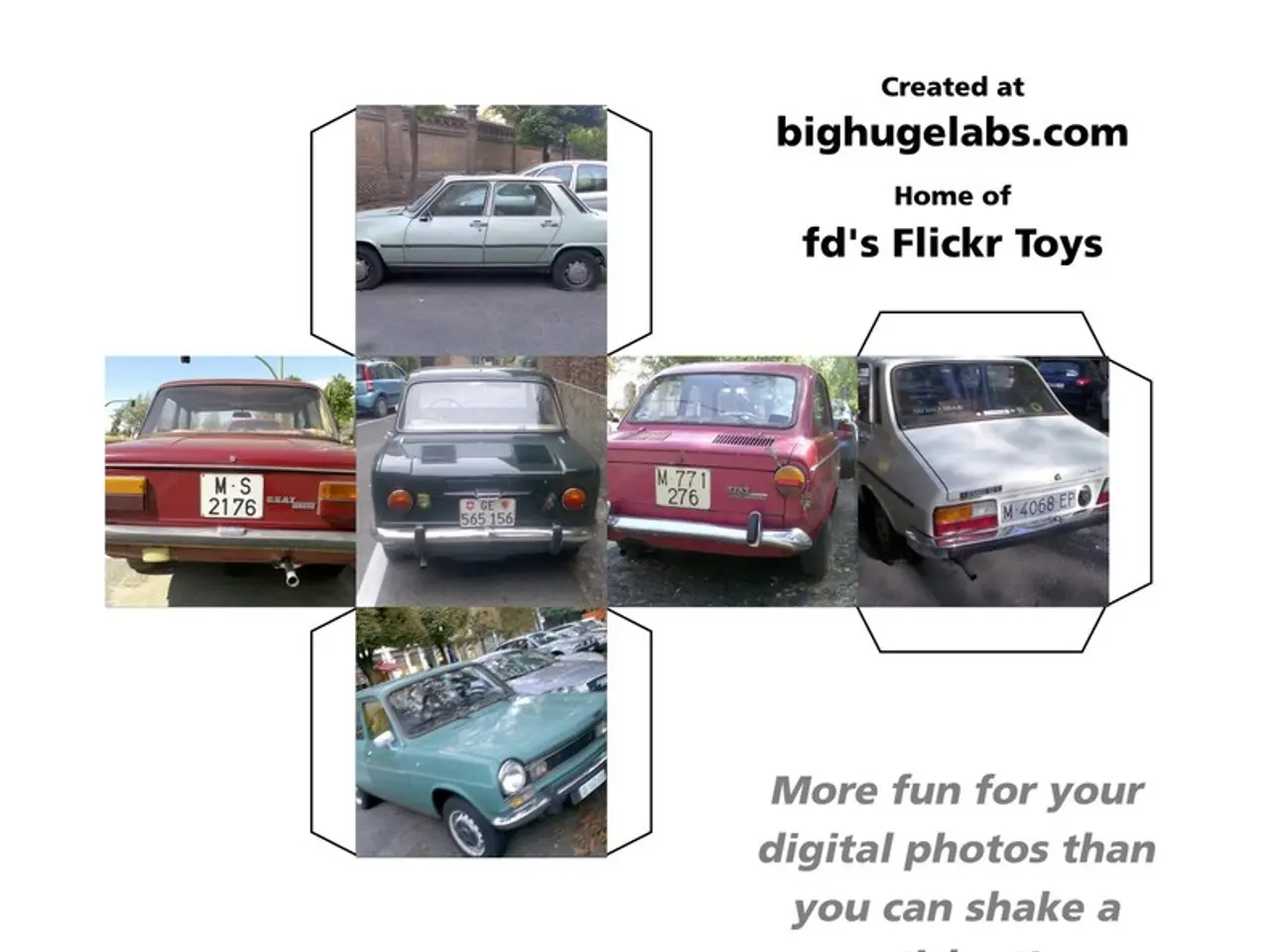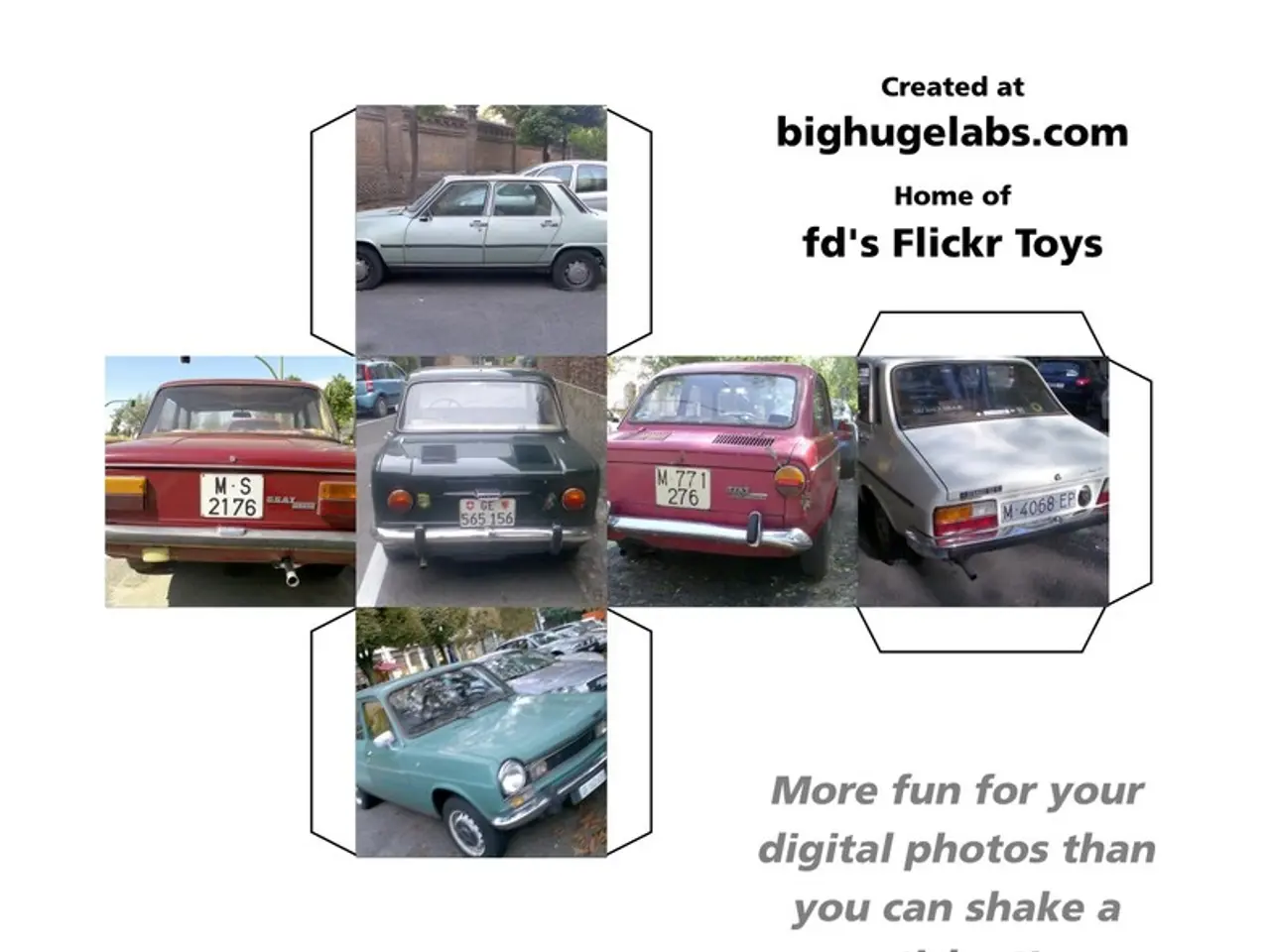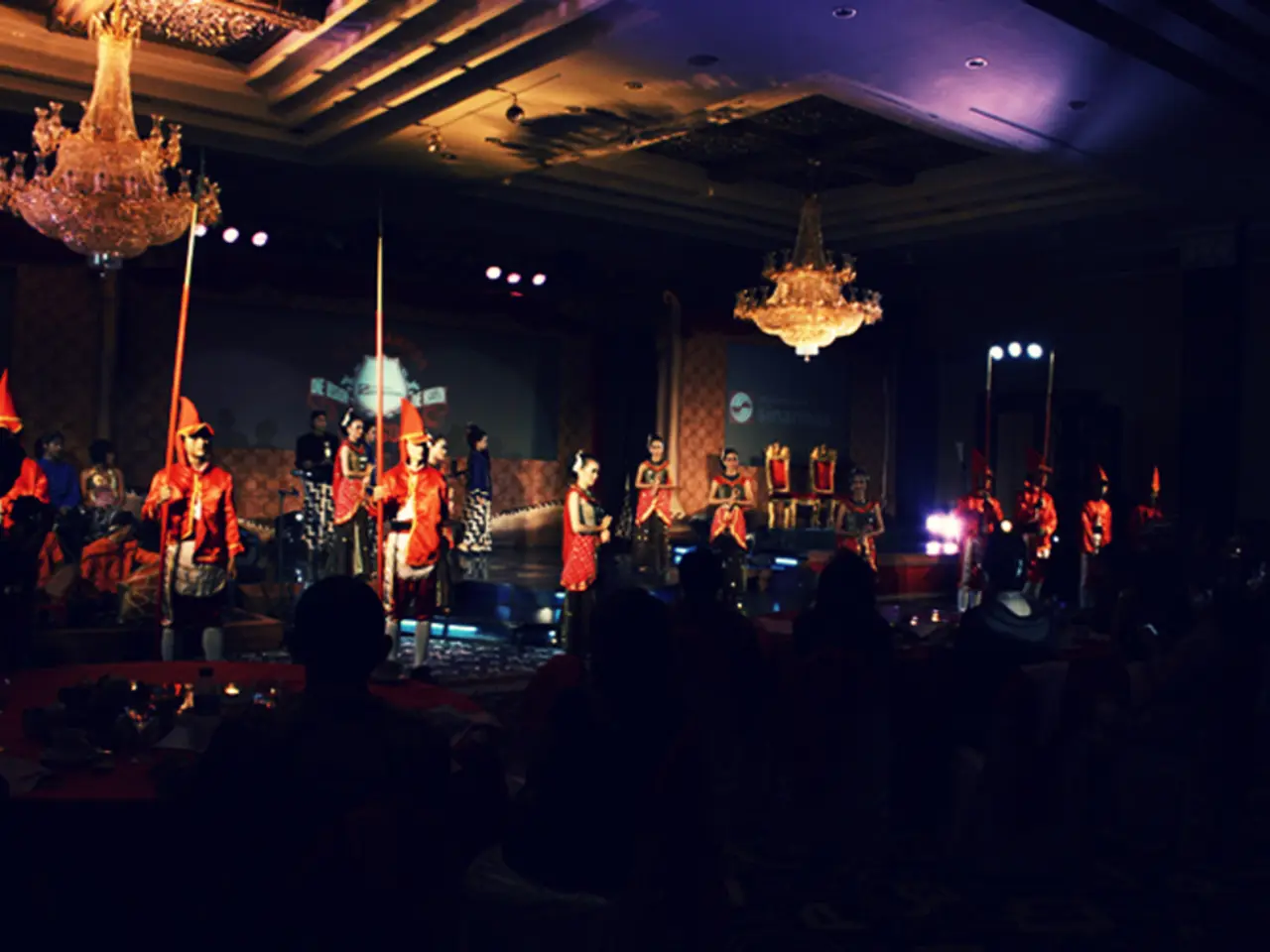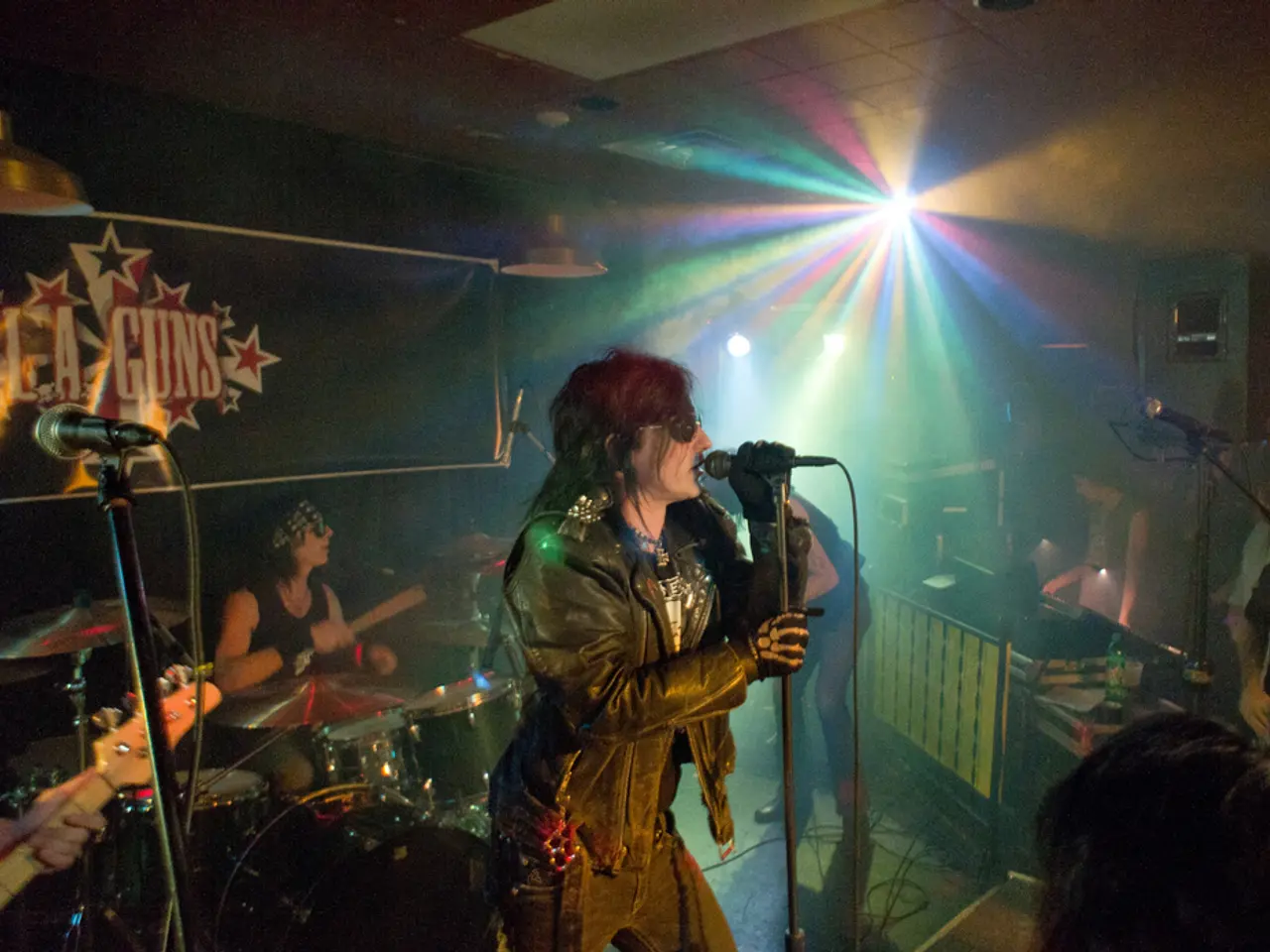Intense Demands, High Risk: Navigating Automated Vehicle Integration in Transit Centers
In the bustling world of transportation, innovation never sleeps. This is especially true for digital media players and audio systems in airports and other hubs, which must seamlessly integrate with real-time data feeds and provide clear, uninterrupted information to passengers. These innovative testbeds pose fresh challenges for manufacturers and integrators as new innovations emerge.
One such challenge is managing high ambient noise and bright lighting conditions, a problem that SoundTube Entertainment tackled with specialized speaker designs, durable construction, vandal-resistant materials, weatherproofing, and advanced Digital Signal Processing (DSP) technology. At Orlando International Airport, SoundTube's SolidDrive SD-1G invisible speakers provided clear, immersive audio coverage without detracting from the architectural design.
Another significant challenge is ensuring durability and resistance to vandalism. Sharp NEC's solution for upgrading FIDS displays at a major airport involved deploying LCD panels with modular computing, using a Raspberry Pi 4 for secure, low-cost, and energy-efficient operation. SNA Displays addressed this issue by deploying robust exterior EMPIRE displays at Union Station in Washington, D.C., due to the open-air nature of the intermodal exchange. Zeta Display developed a custom LED installation method using screws instead of magnets to protect performance and longevity in harsh environments, such as Oslo Central Station with its train brake dust issues.
Integrating new technology with legacy systems is another common challenge. SITA and LG Electronics USA worked together to modernize the FIDS at PDX, eliminating the complexity of external media players and reducing network vulnerabilities. Integration of new equipment with tech from various brands is also common in transportation hub upgrades, as demonstrated by BrightSign's digital signage players deployed throughout Edinburgh Airport, powering multi-purpose LED displays, including a huge 85m video wall.
Meeting regulatory and cybersecurity standards is crucial. Samsung’s approach involves providing all-in-one digital signage solutions with built-in connectivity and streamlined setup to avoid complexity from multiple devices and improve reliability and user experience. Simon Hayes from Sharp NEC Display Solutions Europe emphasizes the importance of cybersecurity, fire and heat resistance, and strict Electromagnetic Interference (EMI) standards for large-surface displays to avoid interference in airports.
Security challenges also include preventing cyber vulnerabilities and EMI, especially in sensitive environments like airports where AV equipment must not affect air traffic control signals. Ampetronics | Listen Technologies installed its Auracast solution at Bristol Temple Meads station to provide a low-latency, personal audio experience that enhances inclusivity and accessibility, addressing challenges like broadcast coverage, sensitive placement, and collaboration with multiple stakeholders.
Careful planning is necessary to avoid disruptions due to the ceaseless movement of passengers. TVV Sound Project deployed the Dante protocol and digital amplifiers at Liege train station to avoid echoes and nuisances, using beam-steering technology via Powersoft amplifiers and loudspeaker systems from Active Audio and APG. AtlasIED installed an AV system at Newark Airport's Terminal A that delivered clarity and full integration with emergency protocols, including more than 2,300 loudspeakers, 48 TitanONE T112 mainframes, and IP-1522LR modules for fire alarm system integration.
Security and fire risks are major concerns in transportation hubs. LG Electronics modernized the flight information display system (FIDS) at Portland International Airport (PDX), integrating it with wayfinding systems, emergency alerts, real-time transit data, and advertising content. The company also ensured heat- and fire-resistant equipment was used in the upgrade.
In summary, manufacturers meet these challenges by offering robust, integrated, and secure hardware and software solutions tailored to the unique environmental, operational, and compliance demands of transportation hubs, along with professional design and commissioning support for optimal long-term performance. Extensive pre-implementation engineering such as acoustic modeling, custom programming, and specialized installation techniques are crucial to avoid long-term performance issues common in complex venues, which can include transportation hubs as well. With each upgrade, these innovative testbeds continue to push the boundaries of technology, ensuring passengers remain informed and connected in the ever-evolving world of travel.
References: [1] [SoundTube Entertainment Case Study] (URL) [2] [TVV Sound Project Case Study] (URL) [3] [AtlasIED Case Study] (URL)
- In the realm of sports broadcasting, the need for clear audio and robust signage is paramount to ensure fans have a seamless experience. For instance, SoundTube Entertainment's SolidDrive SD-1G invisible speakers have been utilized in sports arenas to deliver immersive audio without disrupting the visual aesthetics.
- To withstand vandalism and combat ambient noise in bustling sports venues, Sharp NEC implemented durable LCD panels with modular computing at a major sports stadium. Zeta Display also addressed the issue of performance and longevity in harsh environments by securing LED installations with screws instead of magnets, as seen in their work at athletic facilities like Oslo Arena.








